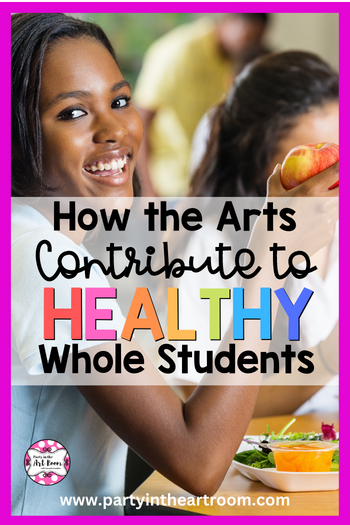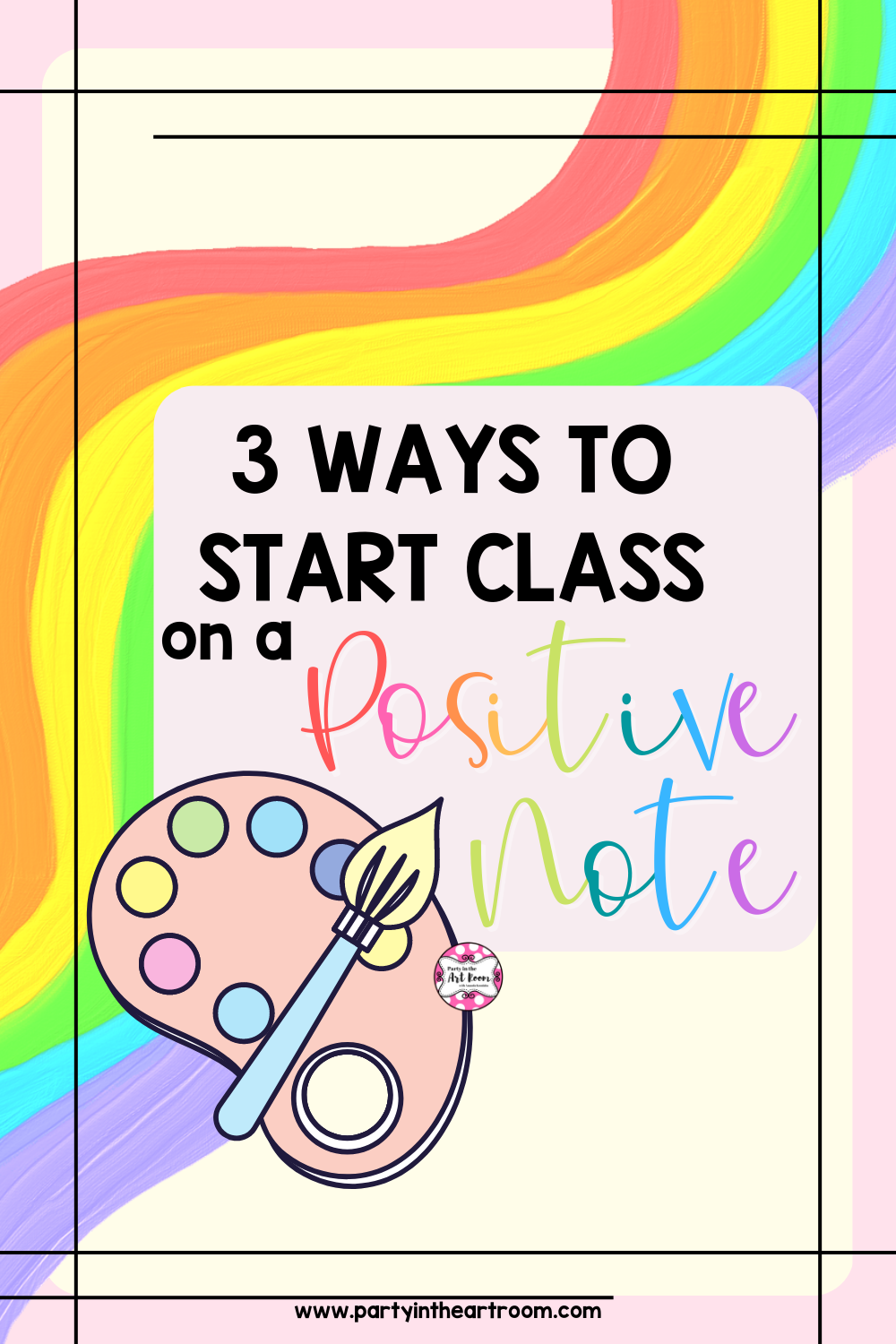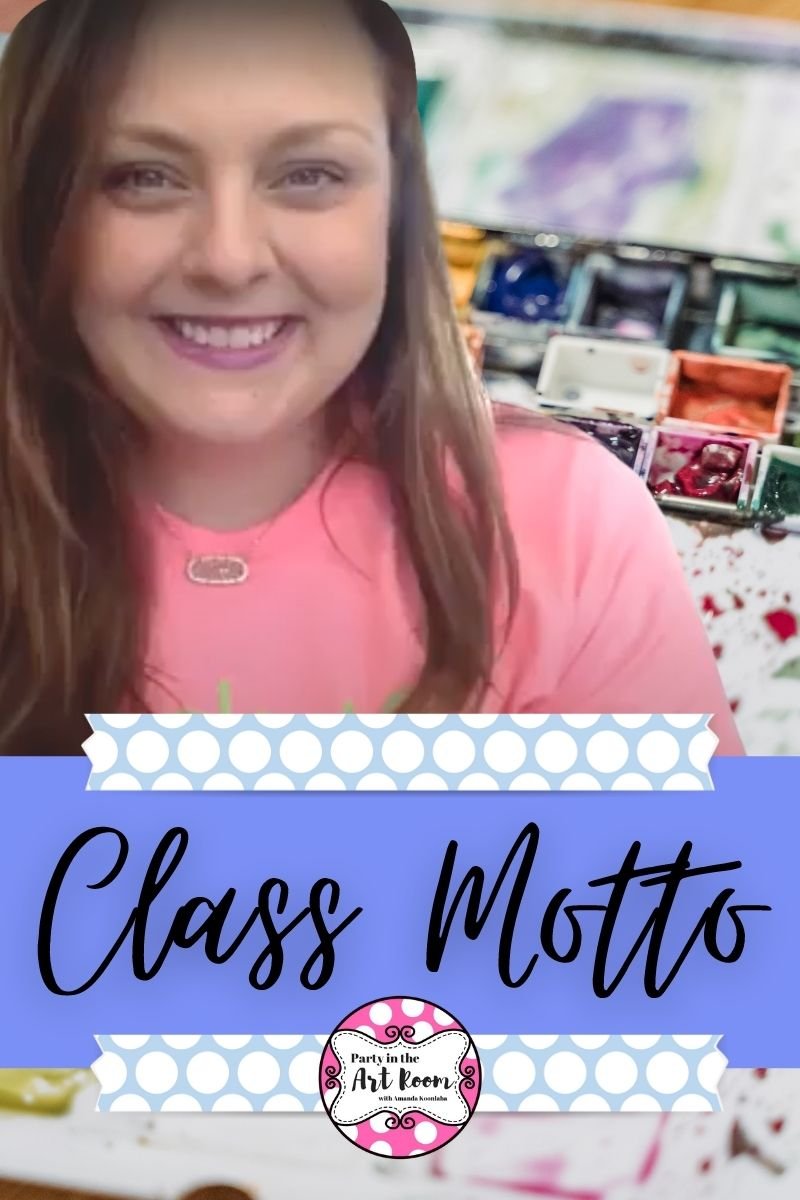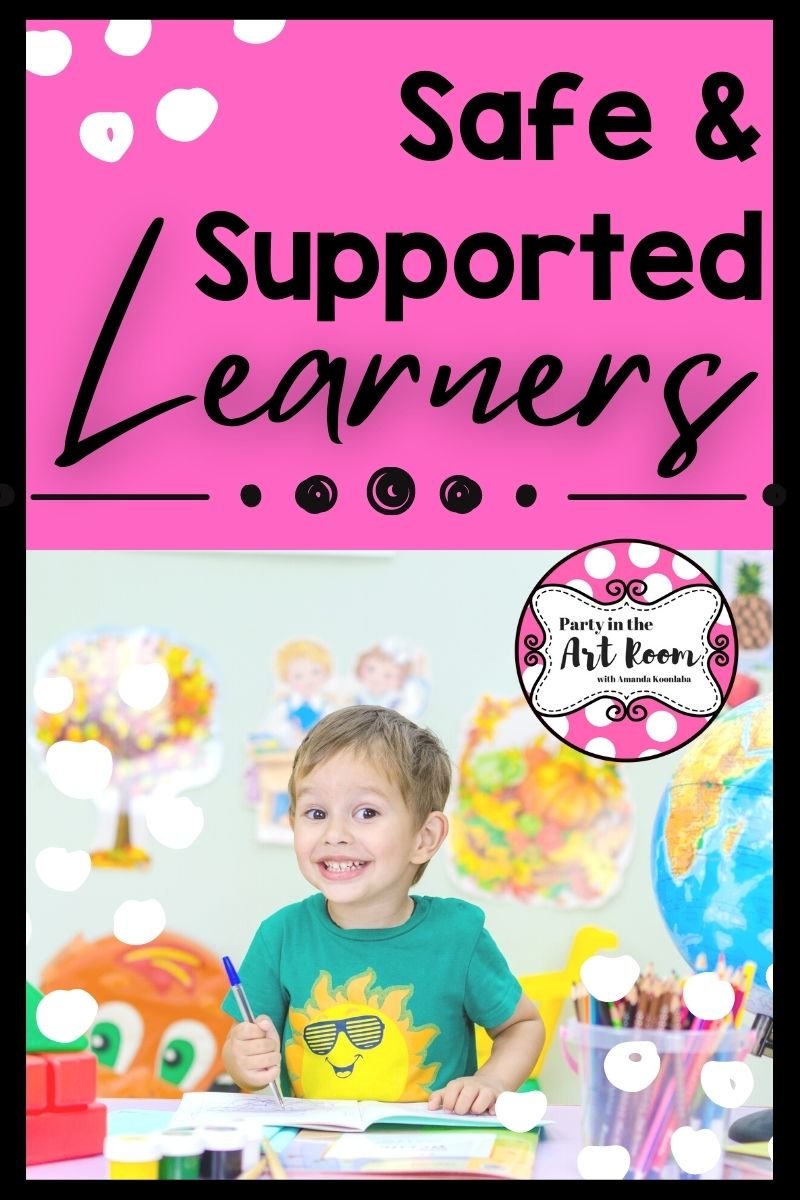Party in the Art Room Blog
Scroll for helpful tips, stories, and news.

Healthy Children Are More Productive at School
This blog post is the second in a five-part series exploring how the arts can contribute to the education of the whole child for each of the five whole child tenets. Here, I will discuss the importance of ensuring students are physically and mentally healthy and why it is essential for preparing students for success.

3 Ways to Start Class On a Positive Note
If you are looking for other ideas for how to start your class on a positive note in order to establish a safe learning environment, I’ve rounded up 3 really great ideas below.

A Motto for Every Student
“In this class, we share, we love, we laugh, and we grow. We are all in this together. We are all good. And we can all be successful,” say my students and I as we begin class. This is our motto, and it’s one of my favorite things to do with my class. We sign the motto in American Sign Language (ASL) as we say it.

Social and Emotional Learning : 5 Things ALL Art Teachers Need to Know
Social emotional learning in schools is a hot topic in education. But what does it mean? And how can you bring it into your art class?

How to Create a Safe and Supportive Learning Environment in the Classroom
With the increasing awareness of trauma and its effect on the brain, there has been a new focus on creating a safe and supportive learning environment in the classroom. But what does this actually mean? What do teachers need to know in order to create that kind of space? This blog post will explore what trauma is, how students can react to trauma, and what teachers can do to create a safe and supportive learning environment for students who have experienced trauma.

How to Choose Artwork That Won’t Trigger Your Students
So, how do you choose art prints that won’t trigger your students? The truth is that you don’t. We can't avoid all triggers for students because it's not in our power. We don't know what triggers each student in our care, so we can’t always avoid them.
We can avoid general universal triggers like violence, but we can’t avoid the more subtle ones. However, you could rely on knowing your students and their surroundings. You can help students work through their triggers.
